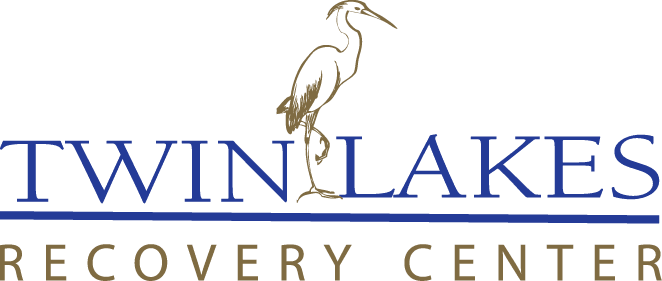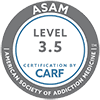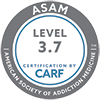The United States of America is in the midst of a public health crisis.

The National Survey on Drug Use and Health shows that while there has been a marked decrease in use of some illegal drugs, such as cocaine, nearly one-third of the people aged twelve and older who used drugs for the first time in 2009 began by using a prescription drug non-medically. The same survey found that over 70 percent of the people who abused prescription pain relievers got them from friends or relatives, and roughly 5 percent bought them from the internet. Over the past fifteen years, the rate of opioid pain reliever use in the U.S. rose dramatically. From 1999 to 2011, consumption of hydrocodone more than doubled, and consumption of oxycodone increased by nearly 500 percent. From 1997 to 2011, there was a 900 percent increase in individuals seeking treatment for addiction to opioids. These numbers are staggering. Another study, Monitoring the Future, showed that prescription drugs ranked as the second most abused drug in young people after marijuana.
Here are some facts:
- Drug overdose was the leading cause of injury death in 2012. Among people 25 to 64 years old, drug overdose caused more deaths than motor vehicle accidents.
- Every single day in the U.S., 114 people die as a result of drug overdose, and another 4,748 are treated in emergency rooms for abuse of drugs.
- In 2012, 33,175 of the 41,502 drug overdose deaths were unintentional.
- In 2011, drug abuse caused close to 2.5 million emergency room visits. Of these, 1.4 million were related to pharmaceuticals.
- Nearly 9 out of 10 poisoning deaths are caused by drugs.
- Drug overdose deaths have been steadily rising since 1992.
Politicians, community leaders, and recovery organizations are joining together to fight the problem of addiction. It has been a long battle since the initially imposed War on Drugs. The Comprehensive Addiction and Recovery Act (CARA), introduced on February 12, 2015, authorizes the Attorney General to award grants to address the national epidemic of prescription opioid abuse and heroin use. It introduces a new mindset for battling addiction, viewing addiction as a disease rather than a crime. The CARA policy emphasizes prevention, education, and treatment. It is an expansive federal policy that was designed to operate on the front lines of addiction. It addresses all forms of dependency, but is in essence a response to the opioid and opiate addiction crisis now plaguing the United States.
Key goals of the CARA Bill:
- Fund Recovery Community Organizations
- Strengthen Educational and Prevention Efforts
- Expand Alternative Sentencing within the Court System- This addresses the issue of prison overpopulation and recommends alternative treatment for drug related offenses.
- Monitor and Control Opioid Drugs
- Implement Effective Overdose Response
America has grown in our outlook on drug and alcohol addiction in comparison to decades ago. Although there is still stigma attached, we are now aware of it. Along with the rising numbers of deaths due to drug abuse has come a deeper understanding of addiction. We are not quite where we need to be, but with this bill, we may be on our way to truly helping people.
References:



